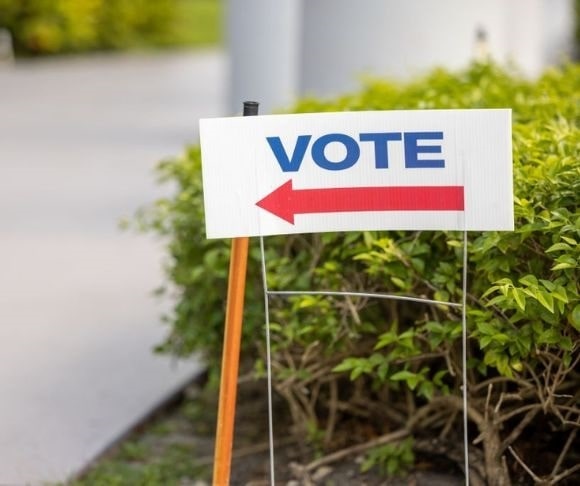
(Photo by Nathan Posner/Anadolu Agency via Getty Images)
With less than 80 days until the upcoming congressional elections, Republicans and Democrats are locked in a pitched battle to determine which party will control the House and Senate after this year. Democrats are in a precarious position at the moment, with many expecting a red wave to make a gigantic splash on November 8.
However, there appear to be indications that a devastating shellacking might not be on the horizon, as some polls suggest Democrats have been making up ground as of late. This begs the question: Will Republicans see a red wave in November or a slight trickle?
Is the GOP’s Red Wave in Jeopardy?
Some polls analyzing responses to the “generic ballot” question indicate that Democrats, who have been suffering from dismal approval ratings over the past 18 months, might be staging a comeback. Indeed, left-leaning candidates have lagged behind Republicans on the generic ballot since last November. But in August, Democrats have been closing the gap.
Both parties are tied at 43.9% in the most recent RealClearPolitics average. The prior percentage had Democrats ahead of Republicans, 44.1% to 43.9%. FiveThirtyEight had Democrats leading by 1% last Tuesday.
These findings came as news of the FBI’s raid on the home of former President Donald Trump dominated the news cycle. Democrats have been leveraging the search of Mar-a-Lago, along with the overturning of Roe v. Wade, to tilt the odds in their favor. Declining gas prices could also be a factor in this equation. Does this mean a red wave is no longer in the offing?
Generic Ballots and Other Polling
While RealClearPolitics and FiveThirtyEight show Democrats’ fortunes improving, other studies paint a different picture. The findings of a Rasmussen Reports generic congressional ballot show Republicans ahead by five points. From the account:
“The latest Rasmussen Reports national telephone and online survey finds that, if the elections for Congress were held today, 46% of Likely U.S. Voters would vote for the Republican candidate, while 41% would vote for the Democrat. Just four percent (4%) would vote for some other candidate, but another eight percent (8%) are not sure.”

(Photo by Nathan Posner/Anadolu Agency via Getty Images)
These results place Republicans two points higher than when Rasmussen conducted a comparable survey the prior week, showing a GOP lead of 46% to 43%. Meanwhile, a Trafalgar Group survey conducted last Wednesday shows similar findings. It revealed that 46.9% of respondents would prefer a Republican candidate while 41.6% favored Democrats. So, according to these pollsters, the GOP appears to be on the cusp of a positive showing in November.
It is also worth noting that generic ballots are not always an accurate predictor of outcomes in congressional elections. In the 2010 races, an ABC News survey showed Republicans trailing Democrats by 12 percentage points. But despite this gap, the GOP won six seats in the Senate and 63 in the House.
At this point, Republicans are still favored to win big in the House in upcoming elections, though not necessarily in the Senate. Despite the differing polls, American political history also plays a part. Historically, the party opposite the one controlling the White House tends to be victorious in most midterm elections. Moreover, Americans are still suffering from the Democrats’ inability to solve, or even address, the nation’s problems, which include, but are hardly limited to, high inflation, crime, and education – the issues which matter most to those who vote.
Check out Whatfinger.com, the #1 Alternative to the Drudge


